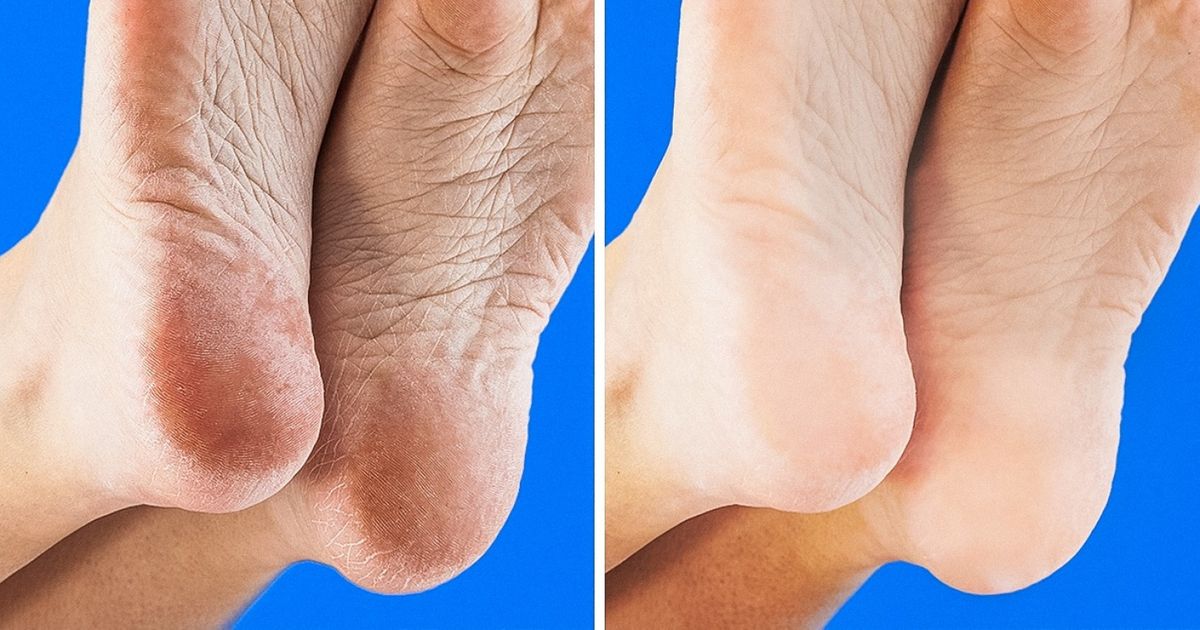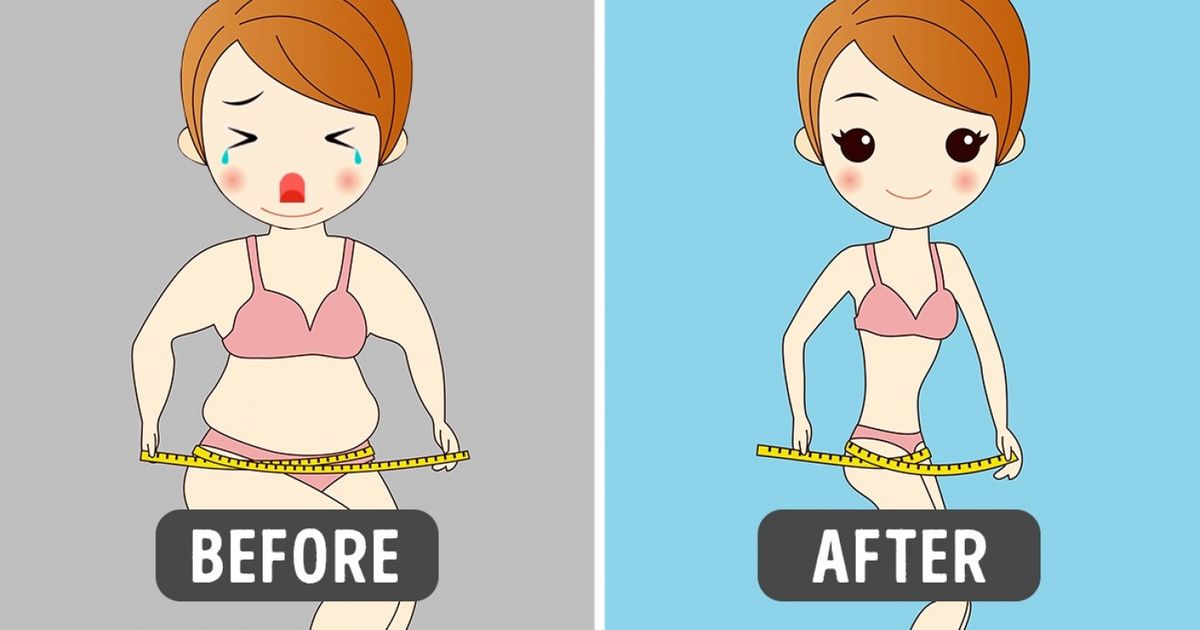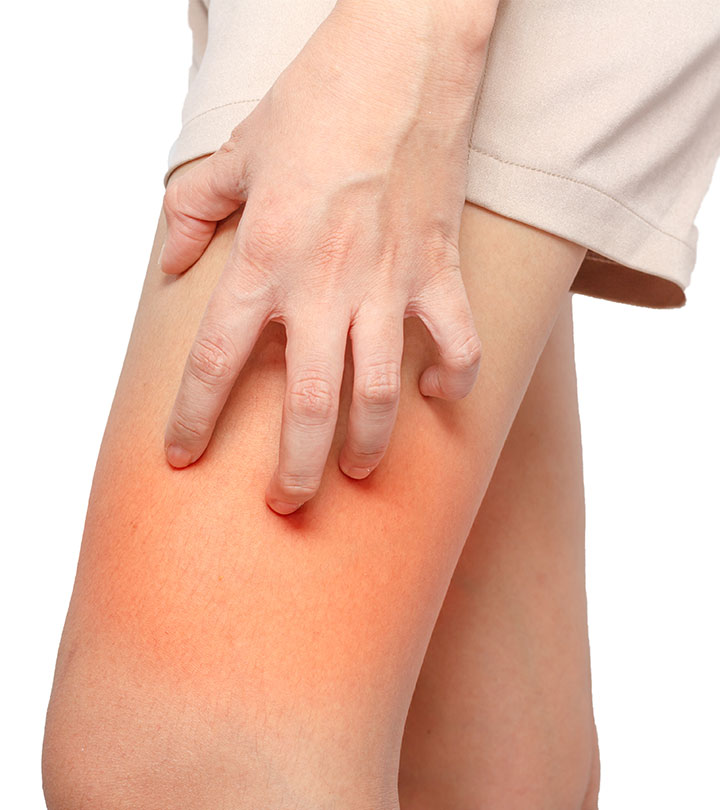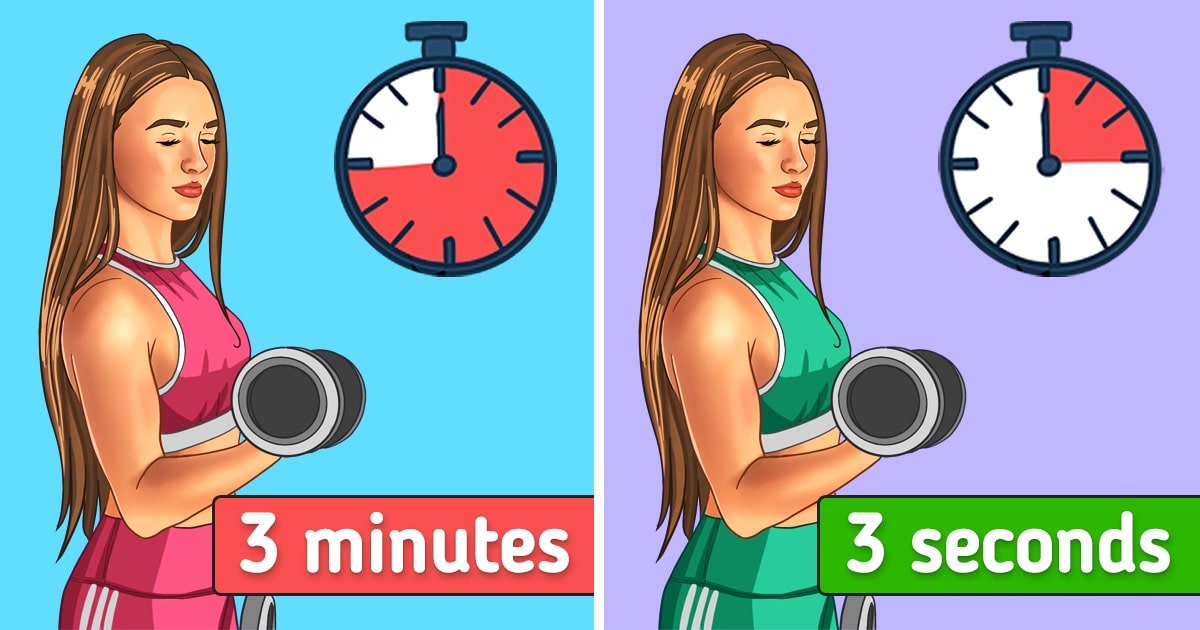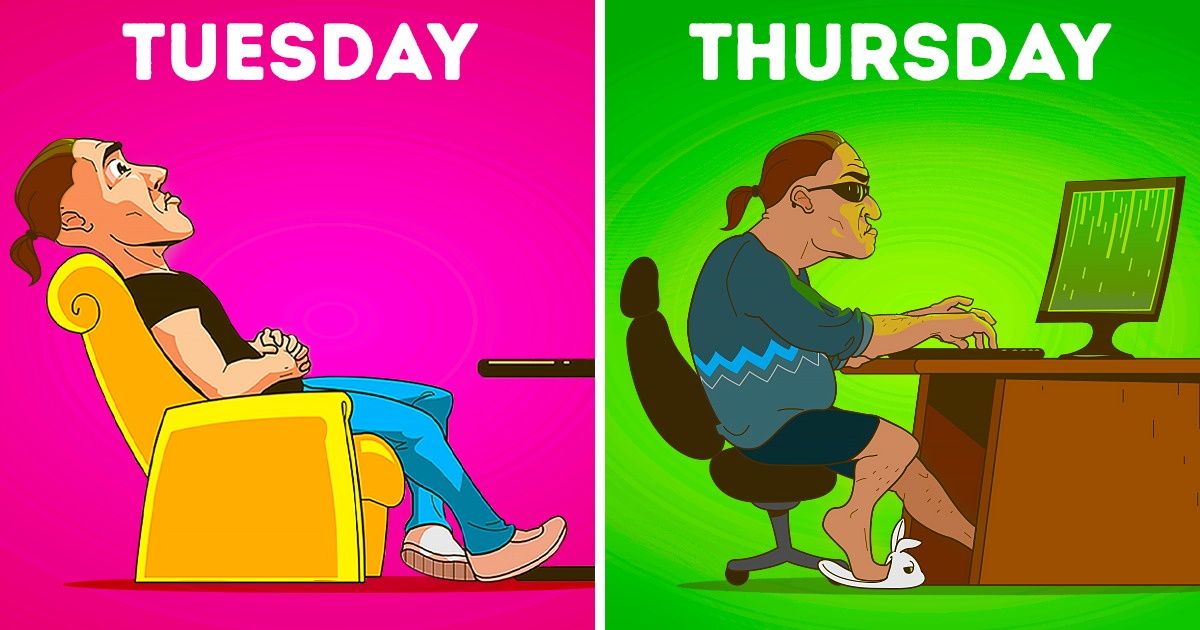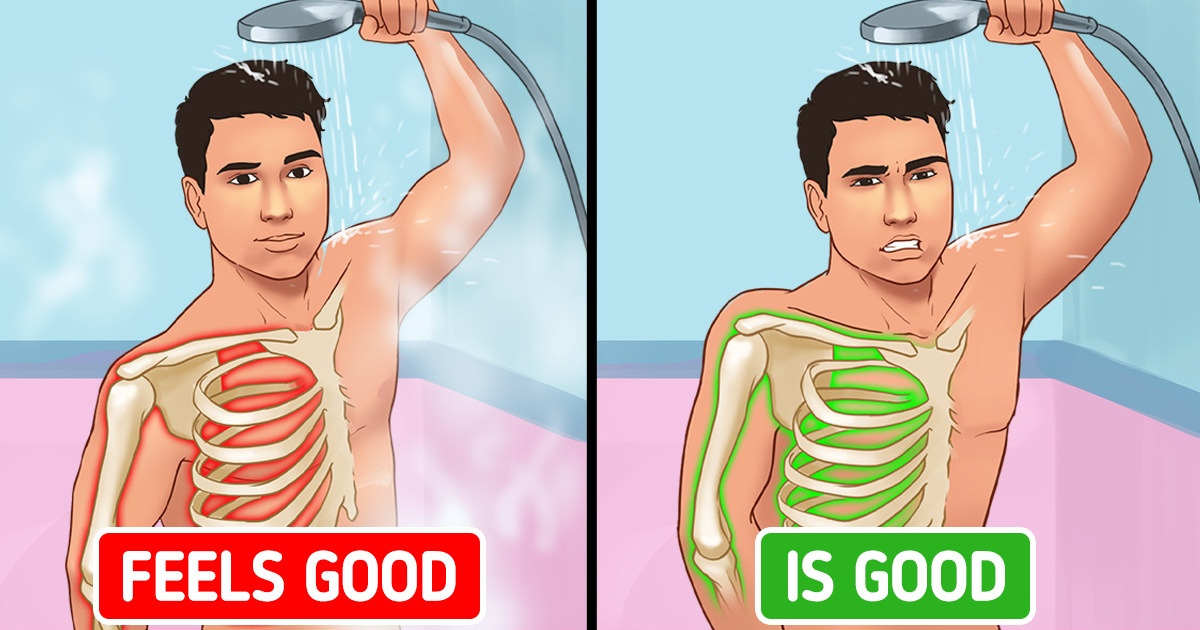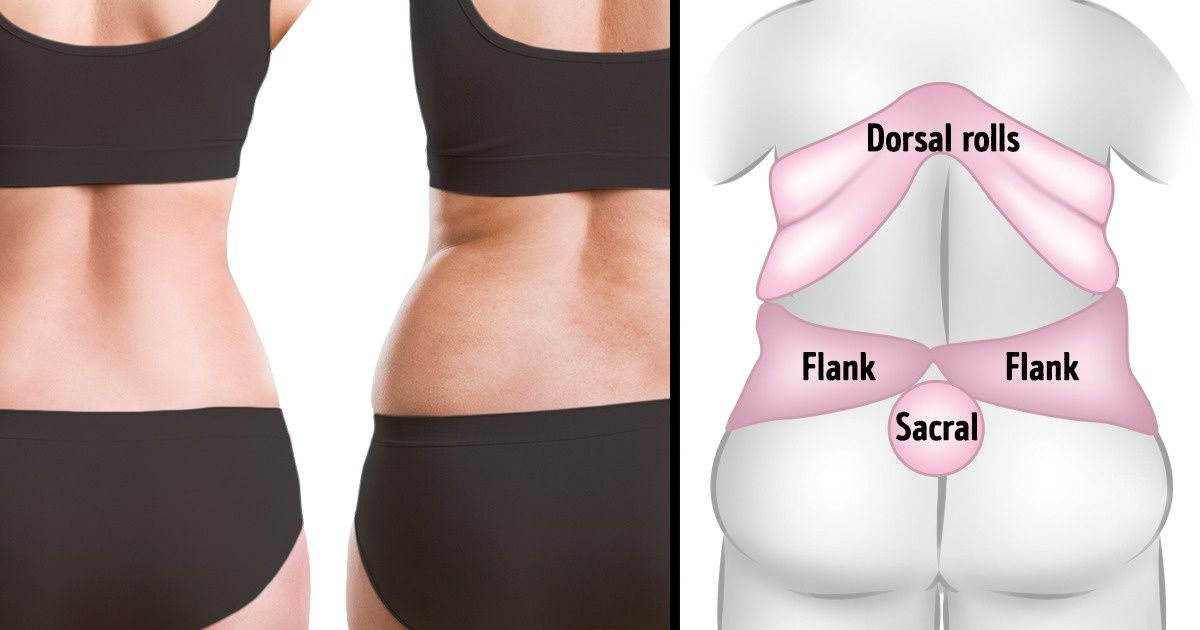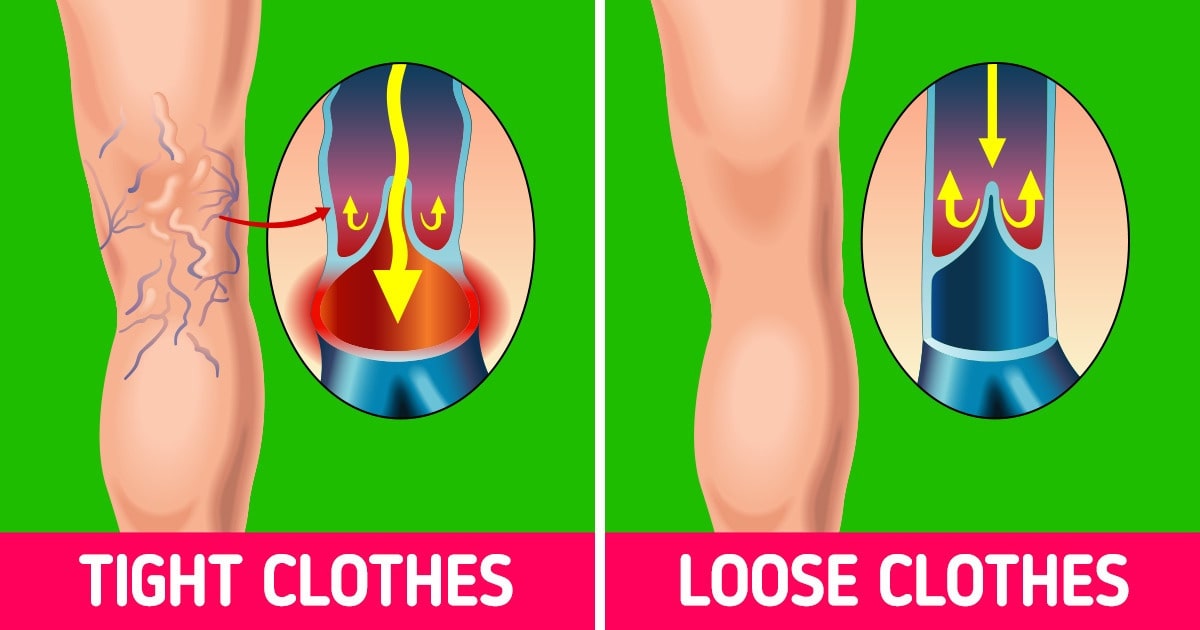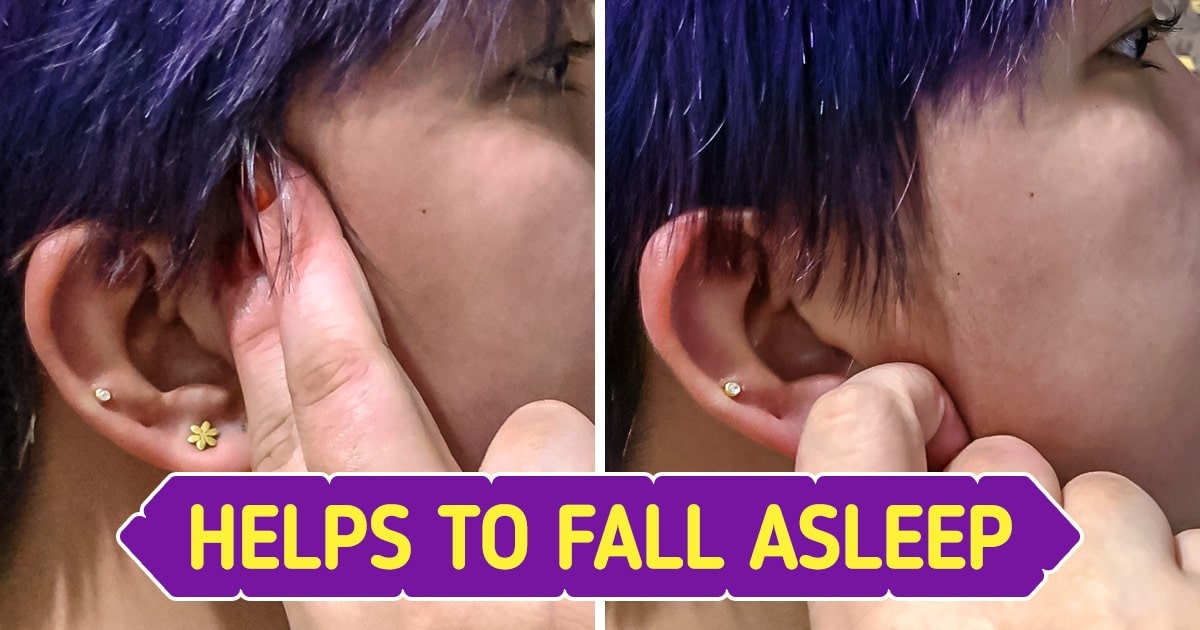In our modern era, many of us spend countless hours sitting—whether at work, during commutes, or while relaxing at home. Over time, this sedentary behavior can lead to a condition known as Dead Butt Syndrome, medically referred to as gluteal amnesia. When your glute muscles are neglected for extended periods, they can become underactive and weak, impacting everything from posture and mobility to overall physical well-being.
This guide delves into the causes, symptoms, and effective treatments for Dead Butt Syndrome. By understanding what gluteal amnesia is and how it develops, you can implement targeted strategies to wake up your glutes, alleviate discomfort, and prevent future issues. Whether you’re an avid exerciser or someone who simply wants to feel better during daily activities, this article is packed with actionable tips and expert insights to help you reclaim a stronger, healthier lower body.
Dead Butt Syndrome
The Dangers of Sitting Still for Hours: How a Sedentary Lifestyle Impacts Your Health

Sitting for long periods has become a norm in today’s fast-paced digital lifestyle. While it may seem harmless, research consistently shows that prolonged sitting is linked to numerous health problems. Here’s why it’s crucial to break free from extended periods of inactivity:
- Muscle Weakness and Imbalances: Sitting for hours at a time leaves your glute muscles inactive, which can lead to muscle imbalances and overall weakness. When these muscles are not engaged, other muscle groups—like the lower back and hamstrings—may overcompensate, leading to pain and dysfunction.
- Chronic Pain and Postural Issues: An inactive posterior chain (the group of muscles along your back) can cause persistent lower back pain and poor posture. Over time, a slouched position or forward-tilting pelvis may develop, further exacerbating discomfort.
- Decreased Metabolic Function: Extended sitting slows down your metabolism, which can affect energy levels and overall body function. When your muscles aren’t active, your body burns fewer calories and can struggle with maintaining optimal circulation.
- Reduced Flexibility and Mobility: A sedentary lifestyle can lead to tight hip flexors and weakened glute muscles, reducing your range of motion. This can make everyday tasks—like standing up, climbing stairs, or even walking—more challenging and painful.
For more detailed information on the risks associated with prolonged sitting, WebMD provides an excellent overview of how inactivity can affect your health. Breaking up long sitting sessions with short bursts of movement is essential to keep your muscles active and maintain overall mobility.
What Is Gluteal Amnesia? Understanding the Mechanism Behind Dead Butt Syndrome
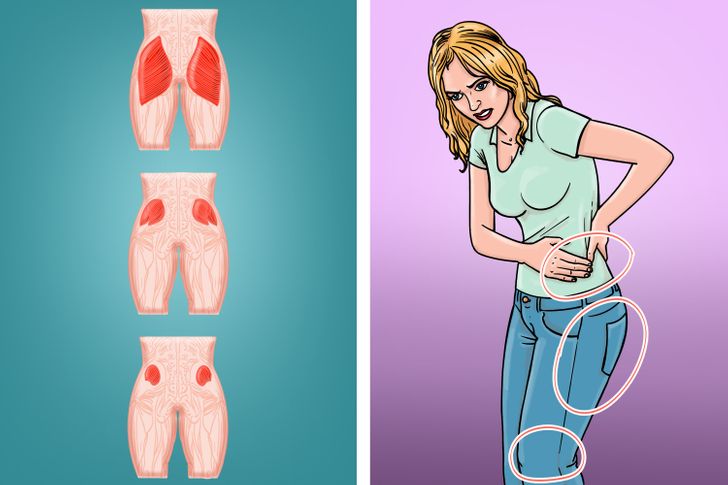
Gluteal amnesia occurs when the glute muscles “forget” how to function properly due to a lack of use. This phenomenon is at the heart of Dead Butt Syndrome. When you sit for long periods, your body naturally relies less on these muscles, which can lead to decreased neural activation and muscle atrophy.
Key factors behind gluteal amnesia include:
- Muscle Deactivation: The neural pathways that control glute activation weaken over time when they are not regularly engaged. This results in a diminished ability for the glutes to contract effectively during movement.
- Altered Movement Patterns: As your glute muscles become inactive, other muscle groups step in to compensate. This shift in movement patterns can lead to imbalances and overuse injuries in the lower back, hips, and knees.
- Impact on Posture: When the glutes are weak, it becomes difficult to maintain proper pelvic alignment, leading to slumped or imbalanced postures. This not only contributes to discomfort but can also affect athletic performance and daily functional movements.
For an in-depth explanation of the causes and consequences of gluteal amnesia, check out Healthline’s overview, which explains how modern lifestyles contribute to this condition and what you can do to counteract its effects.
Recognizing the Signs: How to Know If You Have Gluteal Amnesia
Awareness is the first step in addressing any health issue. Recognizing the early signs of gluteal amnesia can help you take proactive steps to correct your posture and restore muscle function before the condition worsens. Look out for these common indicators:
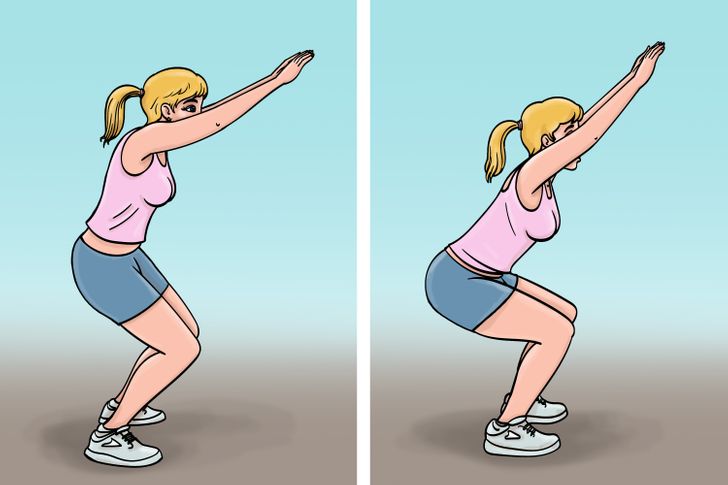
Persistent Lower Back Pain: One of the most prevalent signs of Dead Butt Syndrome is chronic lower back pain. When your glutes are underactive, your lower back muscles often overwork to compensate, resulting in discomfort and potential injury.
Hip and Knee Discomfort: Weak glute muscles can lead to increased strain on the hips and knees. This extra pressure may manifest as joint pain or stiffness during everyday activities.
Poor Posture: A noticeable slouch or a forward tilt of the pelvis can be a telltale sign of gluteal amnesia. Over time, poor posture can contribute to further musculoskeletal issues.
Difficulty Standing Up: If you struggle to rise from a seated position or feel a lack of power during exercises such as squats and lunges, it could indicate that your glutes are not engaging properly.
General Fatigue in the Lower Body: A sedentary lifestyle can lead to overall fatigue and a sense of heaviness in the lower body, impacting your mobility and overall energy levels.
Recognizing these symptoms early on is crucial. By identifying the signs of gluteal amnesia, you can implement targeted interventions to restore balance and improve your movement patterns.
How to Treat Gluteal Amnesia: Effective Exercises and Lifestyle Changes
The good news is that Dead Butt Syndrome is reversible. With the right combination of exercises and lifestyle adjustments, you can reactivate your glute muscles and restore their strength. Here are several effective strategies:
1. Glute Activation Exercises
Before you dive into more intense workouts, it’s important to “wake up” your glute muscles with targeted activation exercises. These moves help re-establish the mind-muscle connection and ensure that your glutes engage properly:
- Glute Bridges: Lie on your back with your knees bent and feet flat on the ground. Lift your hips toward the ceiling, squeezing your glutes at the top of the movement. This exercise directly targets the glute muscles and helps build strength.
- Clamshells: Lie on your side with your knees bent and your feet together. Keeping your feet in contact, lift your top knee while keeping your pelvis stable. This move is excellent for strengthening the gluteus medius, a key stabilizing muscle.
- Squats and Lunges: Incorporate variations of squats and lunges that emphasize proper form. Be mindful of keeping your knees aligned with your toes to ensure effective glute engagement.
For more detailed guidance on glute activation exercises, Men’s Health and Shape Magazine offer excellent resources and step-by-step instructions.
2. Regular Movement Breaks
One of the simplest ways to combat gluteal amnesia is to break up long periods of sitting. Aim to stand up, stretch, or take a short walk every 30 to 60 minutes. These regular movement breaks can help keep your muscles engaged and promote better circulation, reducing the risk of developing Dead Butt Syndrome.
3. Targeted Stretching and Mobility Work
Incorporate stretching routines that focus on the hip flexors and glute muscles. Tight hip flexors, which often result from prolonged sitting, can inhibit proper glute activation. Yoga and Pilates are great ways to improve flexibility and balance. For guided routines that specifically target the lower body, Yoga Journal offers a variety of poses and sequences designed to open up the hips and re-engage the glutes.
4. Strength Training and Resistance Work
Building overall muscle strength through resistance training can significantly improve glute function. Use weights or resistance bands to add challenge to your workouts. Regular strength training not only helps activate your glutes but also contributes to better posture and improved overall mobility. Incorporate exercises like deadlifts, hip thrusts, and step-ups to further enhance glute strength and stability.
5. Professional Guidance and Physical Therapy
If you experience severe discomfort or persistent pain, consulting a physical therapist or healthcare professional can be invaluable. A professional can assess your movement patterns and create a personalized rehabilitation plan tailored to your needs. This guidance can help ensure that you perform exercises correctly and avoid further strain, accelerating your recovery and restoring proper muscle function.
Conclusion: Take Charge of Your Glute Health Today
Dead Butt Syndrome, or gluteal amnesia, is a common consequence of our increasingly sedentary lifestyles. However, by understanding the dangers of prolonged sitting, recognizing the early signs of gluteal amnesia, and implementing targeted exercises and lifestyle changes, you can reverse this condition and enjoy a healthier, more active life.
Start by incorporating simple yet effective exercises like glute bridges, clamshells, squats, and lunges into your daily routine. Remember to take regular movement breaks, stretch frequently, and focus on building overall strength through resistance training. These small, consistent changes can lead to significant improvements in muscle activation, posture, and overall mobility.
For more information and practical tips on maintaining optimal glute health, check out reputable sources such as Healthline, WebMD, and Harvard Health Publishing. These resources offer valuable insights into exercise routines, stretching techniques, and lifestyle habits that support long-term well-being.
By taking proactive steps today, you can counteract the effects of prolonged sitting, wake up your glutes, and pave the way for a more active, pain-free future. Embrace the journey to better glute health, and enjoy the benefits of improved posture, enhanced mobility, and a more dynamic lifestyle.
